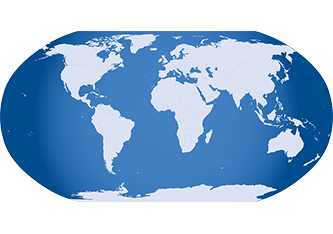Currently, one of the most frequent applications of spatial analysis is to address the geographical distribution of disease in small areas, either in terms of mortality or incidence. In scientific literature, this is called disease mapping. The methods applied in this area of study enable us to analyse and view the geographical pattern of any health indicator, using maps with pre-established administrative or territorial divisions, or maps that are specifically devised for the study’s aims. The methods developed so far have been implemented successfully in a number of countries with a view to establishing Incidence and Mortality Atlases which have pinpointed the geographical pattern of the most frequent diseases and identified groups of cases.
Healthcare policies, health determinants, technology and the use of healthcare resources all change over time and have an impact on public health. As a result, monitoring health indicators must take into account evolution over time, as well as spatial distribution.
Within this line of work, the research conducted by DEMAP centres on the spatio-temporal distribution of all-cause and specific mortality, cancer prevalence and the healthcare resources available in various geographical areas in Spain. Municipality and census were used as the unit for territorial analysis. Amongst other achievements, this research has led to designing a Mortality Atlas for the Capital Cities of Andalusia, the Dynamic Mortality Atlas for Andalusian Municipalities or the Map of Social-Healthcare Resources for the Elderly in Andalusia. The main outcomes of this line of research are described in the publications and products links on this web site.





